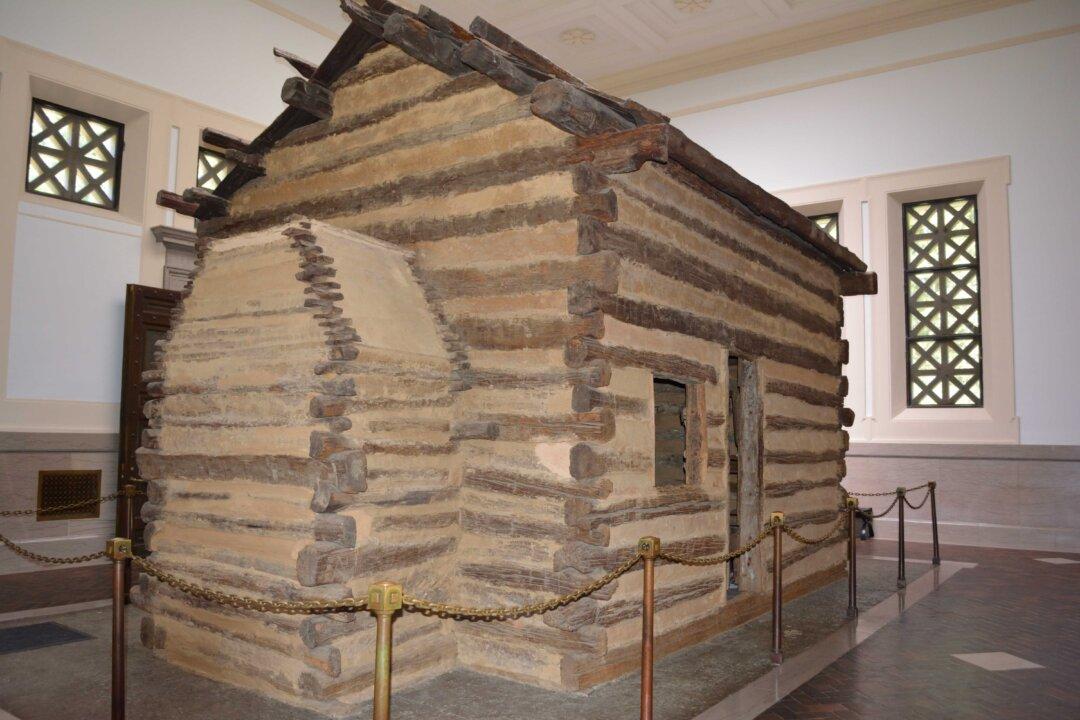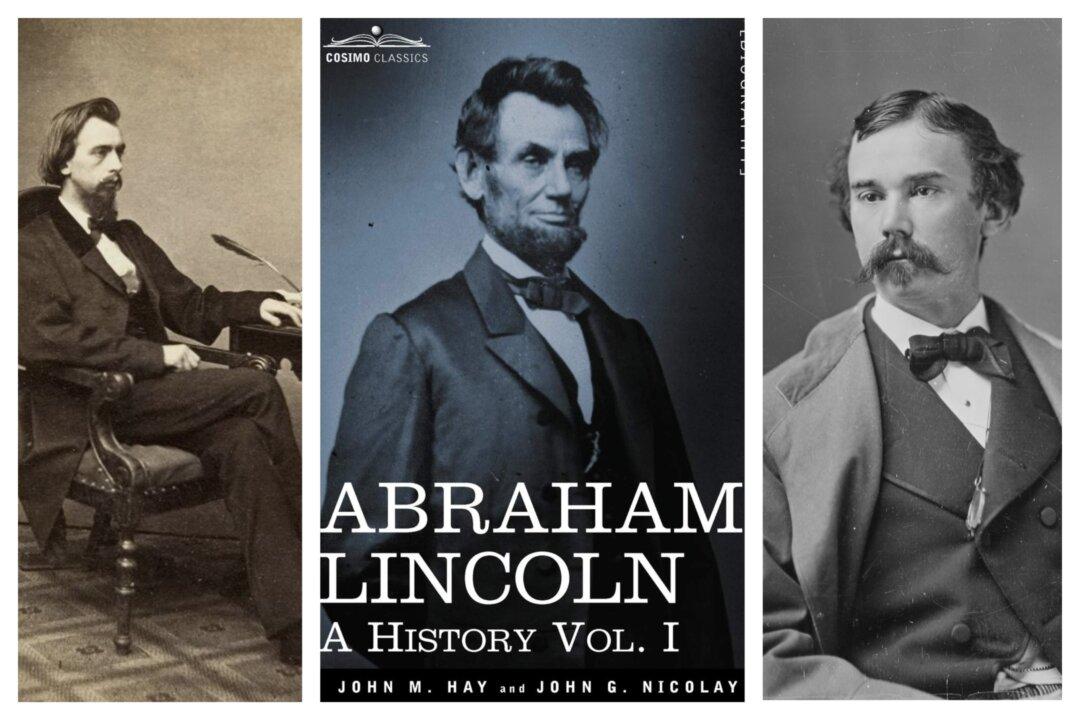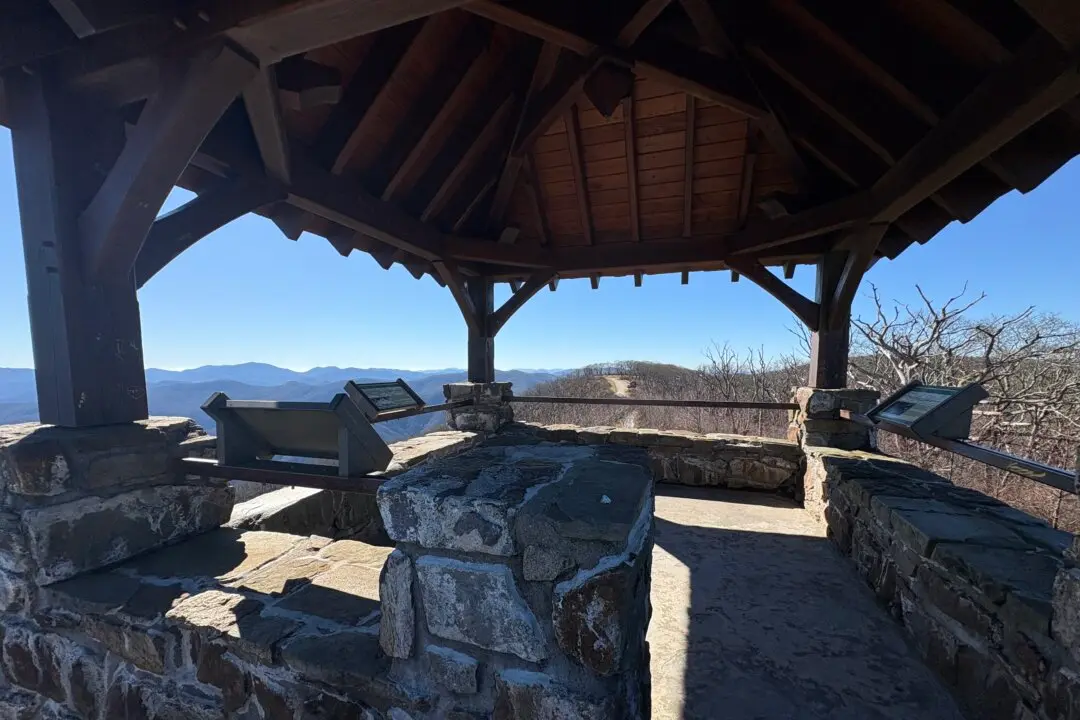HODGENVILLE, Ky.—Unlike the now metropolitan state capitol of Springfield, Illinois, where Abraham Lincoln spent 24 pre-presidency years working, raising his family, and establishing a political career, his birth and early childhood homes are far from any beaten path. To find Abraham Lincoln Birthplace National Historic Park in pastoral southeastern Kentucky, a visitor must plan ahead. A visit entails driving southwest of Hodgenville, Kentucky. It’s then another 10 miles northeast through open pasturelands and small farms to Knob Creek Farm Lincoln Boyhood Home.
However, anyone visiting Louisville, Lexington, or Evansville, Kentucky, or who have Mammoth Cave National Park on their travel bucket list, should consider the two historic parks must-see places. The drive from one of these starting points takes anywhere from an hour to just over two hours. Yet, not seeing where the 16th president began his humble life is missing on a significant history locale.





